It’s common for children to fall or trip while learning to walk, run, and play — but when should parents be concerned? While many movement quirks are a part of normal development, persistent issues with your child’s gait (walking pattern) could indicate an underlying orthopedic condition.
Let’s help you understand the difference between typical clumsiness and signs that it’s time to seek expert care.
What’s Normal in Early Walking?
During the early years, children often show gait variations that usually resolve on their own:
- In-toeing or out-toeing
- Flat feet (especially under age 5)
- Occasional toe-walking
- Wobbly balance or wide-based gait
These can be part of healthy development. But if they continue beyond the expected age, or worsen, it may need attention.
Warning Signs to Watch For
If you notice any of the following, consult a pediatric orthopedic specialist:
- Your child frequently trips or falls more than peers
- Walking seems stiff, uneven, or one leg drags
- Persistent toe-walking beyond age 3
- Limping or walking with one foot turned in/out
- Pain while walking, running, or standing
- Delay in reaching motor milestones
- One leg appears longer or shorter
These signs could indicate conditions like:
- Flatfoot or clubfoot
- Hip dysplasia
- Neuromuscular disorders
- Cerebral palsy
- Leg length discrepancy
Early Evaluation = Better Outcomes
At Child OrthoCare, Dr. Nargesh Agrawal offers specialized gait assessments that are child-friendly and thorough. Early diagnosis helps us guide the right course — from physiotherapy and corrective footwear to bracing or further testing.
Every Step Matters — Let’s Make Sure They’re the Right Ones
If you’re unsure whether your child’s gait is just part of growing up or something more, a timely consultation can give you clarity and peace of mind.
Don’t delay if you’re concerned.
Book an Appointment with Dr. Nargesh Agrawal today and take the first step towards your child’s healthy development.






